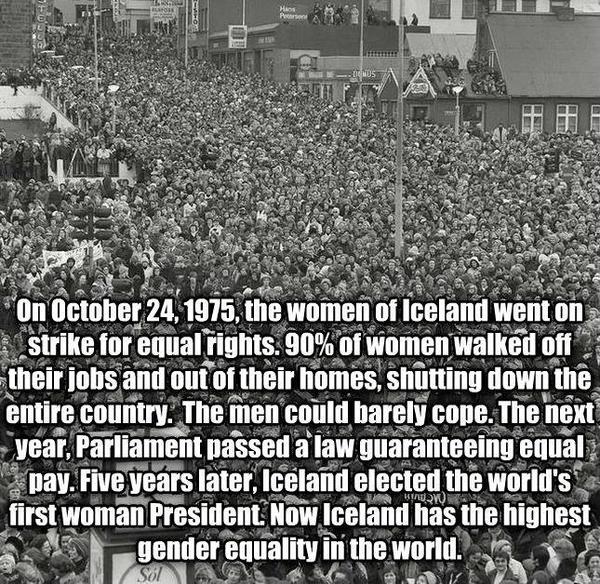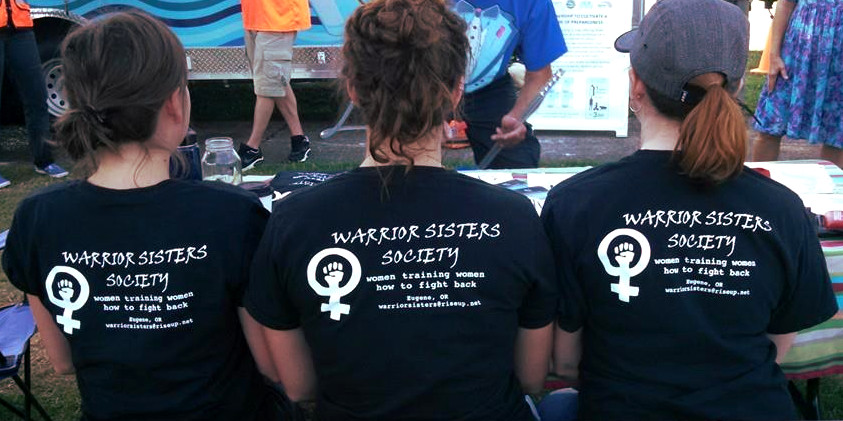Artwork by Summer-Rain Bentham, Vancouver Rape Relief and Women’s Shelter
PART ONE: First steps for an effective fight-back
In the face of a worldwide crisis of male violence against women, radical feminists are preparing for a grassroots resurgence. This is the first in a series looking at effective strategies to take back women’s space and challenge male violence.
By Tara Prema / Deep Green Resistance
Western patriarchy arrived on the Pacific Coast of North America less than two hundred years ago. In some places, it hasn’t completely eradicated traditional cultures. These notes come from unceded indigenous land on the frontlines of the white male supremacist invasion.
Here, as elsewhere, our enemies publicly intimidate women activists with impunity. We face death threats, violence, stalking, and censorship from both the right and the left. This war of words is part of the escalating global war on women.
Brutality is everywhere we look. In Canada, men have murdered or “disappeared” over twelve hundred indigenous women in the past decade. Currently, the rate of male-on-female homicide is rising sharply – in some communities, it has doubled in a few years. Rape, assault, and sex trafficking have reached an all-time high and they are still growing. The victims are women and girls of all ages, races, nationalities, and social classes; however, males inflict much greater violence on indigenous women and women of color.
At the same time, women-centered spaces are disappearing and our feminist networks are divided by infighting. Male supremacists of all stripes aim their rage at targets of opportunity. The backlash is here and it’s worse than expected.
It’s time for emergency measures. That means strategic decisions about which battles to fight, against whom, and on whose turf. When the goal is to stop men from killing women, we must teach and learn how to fight back to protect ourselves and each other. In order to do that, we must join together for mutual aid and avoid becoming casualties ourselves.
Most of us are traumatized. Part of healing involves getting to the point of responding to threats effectively and learning to deal with fear, anger, and helplessness in a healthy way – by taking back our power.
Strategic Action: an introduction
Our position is one of asymmetric struggle against entrenched systems of patriarchal violence and domination that go back thousands of years in the West. Our strategy is like a guerrilla resistance movement against an occupying force that seems unbeatable – at least at first.
Success in asymmetric conflicts lies in making sure we are prepared for effective, sustainable action that moves toward the goals we’ve chosen. Campaigns that lead nowhere drain our energy and expose us to our enemies. Successful symbolic actions are excellent for boosting morale and recruiting but they are not ends in themselves. The outcome of each action doesn’t have to be large, but the goal should be.
The most useful analysis of effective strategies in asymmetric conflicts comes from the book Deep Green Resistance: A Strategy to Save the Planet. DGR divides effective actions into three categories:
- shaping actions bring about the conditions where resistance is possible
- sustaining actions allow resistance to begin and continue
- decisive actions are capable of bringing down patriarchal institutions.
Creating Conditions and Capacity
Like any other human endeavor, whether building a house or planting a field, sustained grassroots action requires certain pre-conditions. For this movement, we must develop the capacity to reach out, organize, and defend ourselves and each other. There are dozens of ways that women around the world are creating the conditions to successfully challenge male domination and hold space for our sisters. For example:
- Women-only groups, gatherings, and discussions about liberation
- Naming the problem and naming the agent (male violence) in our speech and writing
- Anti-violence campaigns as part of healing and trauma recovery (and vice versa)
- Creating affinity groups and mutual aid networks
- Hosting women’s self-defense trainings
- Speaking out in public against male violence when it’s safe to do so
- Speaking privately with our sisters when it’s not
Strategic feminist actions are campaigns with achievable outcomes that lead toward a larger goal.
Networks of resistance are essential for our survival. Many of our networks are secret out of necessity. In the past year, we’ve seen radical women take back space by organizing our own conferences, like Radfem Riseup and Radfems Respond. Others are pushing back against censorship by mobilizing en masse, as fans of Meghan Murphy did when her publisher was threatened with boycotts.
When the goal is empowering a generation of women to fight male violence and rape, a crucial tactic is developing those skills — for example, by training women to teach others self-defense and protective strategies as the Warrior Sisters do. We might also consider public demonstrations that women are ready and able to physically fight men and win.
Creating a loud, visible culture of resistance is a longer-term goal that can lead to larger group mobilizations and decisive victories, like local uprisings to expel violent males from our communities. (It wouldn’t be the first time – see the Gulabi gang in India.)
The first task of a strategic activist is to find others who share the same values, in order to sustain our morale and bring ideas to action. When there’s no group nearby, we can travel to the nearest get-together, find or create radical feminist spaces online, and start our own groups.
- Most groups start with just a few people. Talk to strong female friends and acquaintances to find those who share the same goals and values.
- Launch a petition – either online or on paper. It can be a demand letter (“Fund women’s shelters!”) or a general call for support (“Yes I support organizing against male violence in my community”). The email addresses you collect become your outreach list.
- Start or join an online discussion forum or a private Facebook group for radical feminists in your region. Reach out, ask for advice, find out what other women are doing or would like to do.
- Call a meeting. The ones who show up are the organizing committee for future events and gatherings. (Make sure to set a time and place for the next meeting.)
- Host an event: a film screening, a book discussion, a street demo, or a radical feminist speaker from out of town. Keep that signup sheet handy.
- Prepare and discuss a basis of unity. Set out goals, guidelines, and responsibilities early on. Make sure there’s agreement on the group’s direction, how to screen new members, and how to end relationships with those who disrupt the group or don’t share its goals.
Often it’s not safe to organize. But we do it anyway – outside of the public eye, anonymously, or under a nom de guerre. Every woman who is publicly feminist has to deal with more than her share of hate. That’s why it’s so important to get together and watch each others’ backs. The goal of our enemies is to isolate and terrorize women in order to neutralize us. Don’t let them win.
- Take safety precautions, like keeping home and work addresses private.
- Follow security culture guidelines.
- Let other organizers know about any threats immediately.
- Post security people at public events.
- Accompany activists who are targeted.
- Inspect incoming packages, email messages, friend requests, and other invitations before opening or responding.
- Block hostile individuals on social media so they can’t see personal details, friends, and family.
- Use security measures (like data backups and two-step verification) on computers, websites, and email.
- Have an emergency plan and a bugout bag for leaving home in a hurry.
- Report credible threats to your group’s security coordinator. Police are often indifferent or abusive, but it may be useful to report the threat in case the target is forced to defend herself.
- Keep event locations secret until hours before, or disclose them only to registered participants.
Male violence has taken the lives of thousands of women while terrorizing millions more. We have choices: We can keep our heads down and hope the violence passes us by. We can spend time and energy on ineffective or counter-productive tactics. Or we can connect our networks and grow a coalition with the power to confront the killers and win.
Remember: Solidarity between women has survived repression for more than a millennium in some parts of the world. Male supremacists have done their worst and we are still here fighting back. Our reality and our wisdom will outlive the dominant culture’s delusions.
Parts Two and Three of this series will look at strategies for sustaining and decisive actions
We hope other radical feminists find this introduction useful, and we welcome your feedback as we draft the next chapters in this series.
The post Toward Strategic Feminist Action appeared first on Deep Green Resistance News Service.


